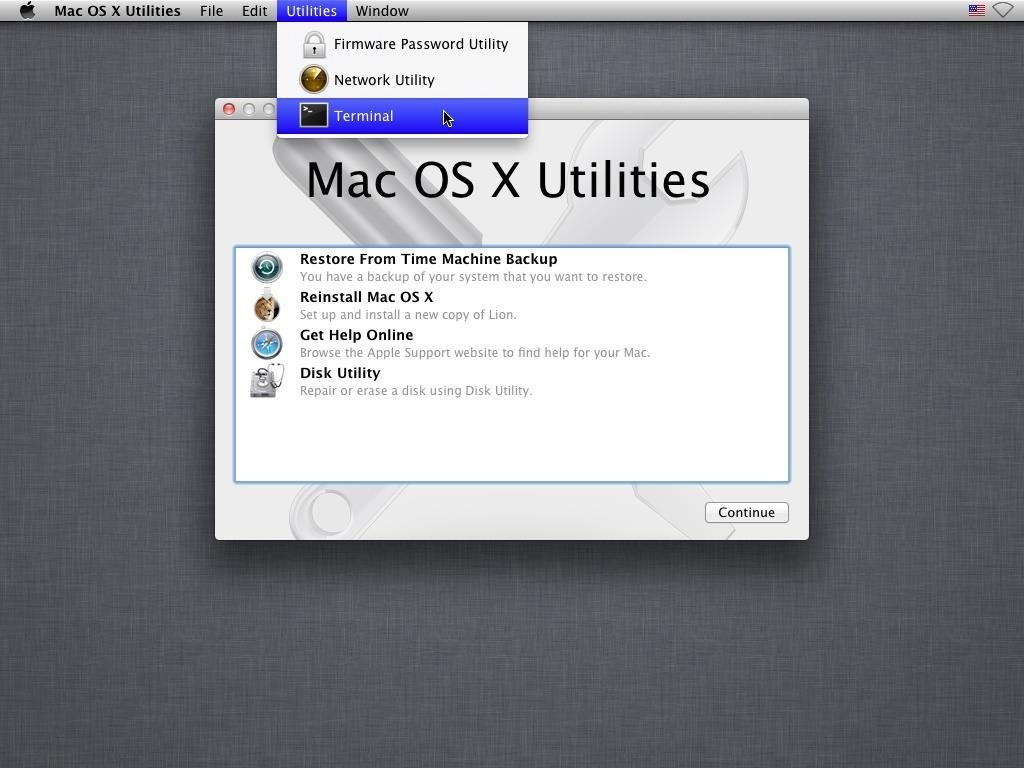This page will help you to retrieve/extract the hash associated to an OSX account. We tried to enumerate all the OS X flavors available, but this article is still 'in beta' depending on the new OS X versions.
Once the hash is extracted, you can send it here and we will try to recover it.


Imac Firmware Password Hack
There's a way to bypass Apple EFI firmware passwords A security engineer who goes by the name of fG!, specialized in Mac security and reverse engineering, has found a way to reset a Mac's firmware. Disable the Password With Firmware Password Utility Restart your Mac while holding down the Command + R keys to enter Recovery Mode. When the Utilities screen appears, go the Utilities menu bar, and select “Firmware Password Utility”. Choose to turn the Firmware Password off. The EFI Card fixes EFI BIOS chip or firmware corruptions and boot loops that may have caused by Clover or similar EFI bootloaders. It also removes and unlocks the Mac (2010 – 2017) EFI BIOS passwords instantly. This is just a special EFI BIOS chip which uses a special connector on the logic board so it doesn’t require soldering.
The same as in 10.2 (Jaguar). See below.
There is a site that unlocks EFI and ICloud passwords on all Mac computers. Google EFI and iCloud unlock. IUnlockEFI located in LA Habra,Ca.
OS X 10.1 (Puma)
The same as in 10.2 (Jaguar). See below.
Dump the hash :
This hash is created using the Unix DES Crypt(3) function, where the password is first truncated to 8 characters.
OS X 10.3 (Panther)
First find out a users' GUID:
Next take that GUID and dump the hash file
The first 64 characters are the NTLM hash (first 32 NT, next 32 LM) and the last 40 characters are the SHA1 hash.

You can obtain the GUID just as in 10.3 (Panther). See above.
After obtaining the GUID, you can dump the passwords just as in 10.5 (Leopard). See below.
Mac Efi Password
OS X 10.5 (Leopard) + OS X 10.6 (Snow Leopard)
First find a users' GUID:
After getting the GUID you can dump various hashes. By default the only hash stored is the salted SHA1. If the user has turned on SMB file sharing then the NTLM hash will also be stored.
If you upgraded from 10.3->10.4->10.5 then the zero salted SHA1 is also stored.
Salted SHA1 (first 8 characters are the salt)
Zero-Salted SHA1 (first 8 characters are the salt and will always be all zeros)
NTLM (first 32 characters are NT, next 32 are LM)
Use this tutorial
Macbook Firmware Password Hack
OS X 10.8 (Mountain) & 10.9 (Mavericks) & 10.10 (Yosemite)
The shadow files are stored on the filesystem at /var/db/dslocal/nodes/Default/users/%user%.plist.
They are in plist format so you'll need to use the plutil command to view them or use the defaults command to extract/write specific keys if desired.
Only the root user has access to the files.
To view the contents of a shadow file for a user: To get the hash: Where %username% in the above example is the user you're looking for the hash for.
Finally the wanted hash starts with '$ml$' and length is 203 characters.
Few links to help you :
- http://lionsurf.wordpress.com/crack-user-password-in-os-x-mountain-lion/
- http://www.michaelfairley.co/blog/2014/05/18/how-to-extract-os-x-mavericks-password-hash-for-cracking-with-hashcat/
- script to automate the process (.app).
The hashes of the users are stored in: To get the hash: or directly through directory services:

Tool to automate these steps
Davegrohl tool created in early 2011 is a password hash extractor & companion tool to John the Ripper.
Sadly the development of this tool has been stopped (but could be forked..), the current status is :
Macbook Air Firmware Password Hack
Dave compiles fine on Yosemite and will happily (but very slowly) crack user passwords. Out of the box, OS X uses PBKDF2 to encrypt its user passwords which is very slow to crack for one machine. Turning on Windows (SMB) file sharing will disable this feature.

